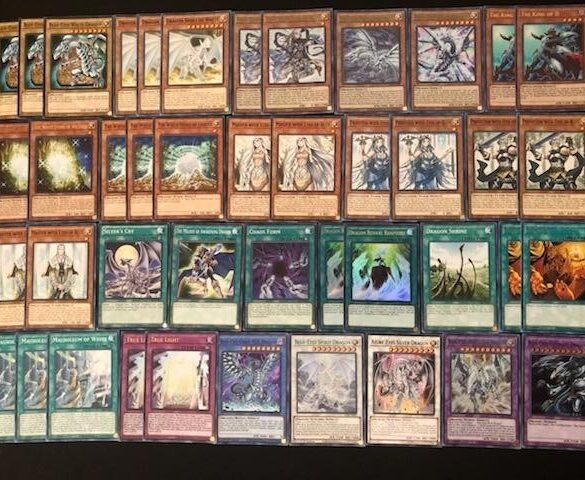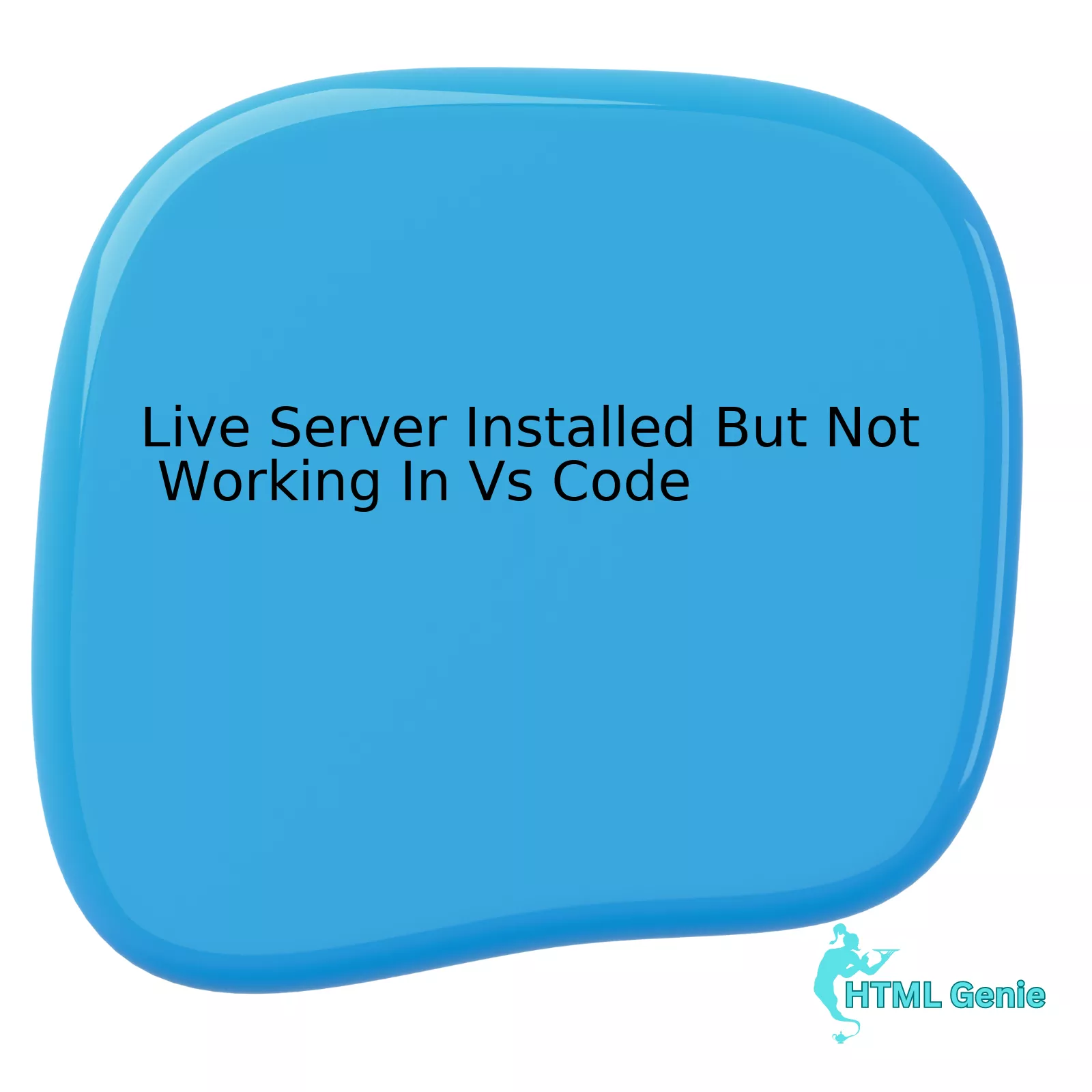In the vast and dynamic world of creative work, a fascinating duality exists—a “Twin Chaos” born from the interplay between intuitive artistry and structured design. To a degree, some methods for creating work, such as employing intuition, are shared across the disciplines within the applied arts and fine art. As author Mark Getlein suggests, the principles of design are almost instinctive, a natural and built-in part of our human sense of ‘rightness.’ Yet, despite this shared intuitive foundation, the intended application, context, and methodologies of creative works vary greatly, especially in the realm of modern Web Design.
This article delves into the heart of this creative chaos, exploring the theoretical frameworks that attempt to give it structure and their direct, tangible applications in Frontend Development. We will bridge the gap between abstract design philosophy and the practical, code-driven world of HTML and CSS, demonstrating how understanding this duality is essential for creating digital experiences that are not only beautiful but also functional, accessible, and effective. From the iterative cycles of creation to the semantic precision of code, we will uncover how to harness the twin forces of chaos and order to build the web of tomorrow.

Deconstructing the Design Process: From Abstract Theory to Practical Application
The creative process, whether in art or design, is often perceived as messy and unpredictable. However, several theoretical frameworks provide a lens through which we can understand and navigate this complexity. These models are not rigid recipes but rather guiding philosophies that help structure the chaos inherent in bringing an idea to life.
Structuring the Chaos: Key Design Frameworks Explained
Two prominent paradigms that offer insight into the designer’s mind are the “reflection-in-action” and “sensemaking–coevolution–implementation” frameworks. While their names may sound academic, their principles are at the core of everyday UI Design and UX Design.
In the reflection-in-action paradigm, designers are in a constant conversation with their materials. The process alternates between three key activities:
- Framing: This is the initial conceptualization of the problem. In web design, this means defining goals, understanding the target audience, and establishing objectives. What problem is this website or feature trying to solve? Who is it for?
- Evaluating Moves: The designer then assesses the move. Does this layout work? Is this button clear? This evaluation process may lead to a refinement of the original move or a complete reframing of the problem, leading to further moves in an iterative cycle.
* Making Moves: A “move” is a tentative design decision. This could be a sketch, a wireframe, a mockup in Figma, or even a coded prototype. It’s a tangible step forward based on the initial frame.
Similarly, the sensemaking–coevolution–implementation framework describes a dynamic, cyclical process:
- Sensemaking: This involves deep research to understand the context. It includes framing the problem and evaluating potential solutions before a single line of code is written.
- Implementation: This is the process of constructing the design object—the actual coding of the website or application using tools like HTML and CSS. This is where an HTML CSS Tutorial becomes practical.
- Coevolution: This is the crucial insight. The “coevolution” is the process where the design agent simultaneously refines their mental picture of the design object based on its mental picture of the context, and vice versa. As you build (implement), your understanding of the problem (sensemaking) evolves. A layout that seemed perfect in theory might feel clunky on a mobile device, forcing you to redesign it. This feedback loop is central to effective Frontend Web development.
These frameworks highlight that design is not a linear path from problem to solution. It is a circular, evolving journey of discovery, testing, and refinement—a managed chaos that ultimately leads to a stronger final product.
The Tangible Tools of Digital Design: Bridging Theory and Code
Theoretical models are valuable, but their power is only realized when applied through concrete tools. In web development, our primary tools are HTML and CSS. They are the bridge between abstract design intent and a tangible, interactive user experience. Understanding their roles is fundamental to mastering the craft.
HTML as the Structural Blueprint: The Logic Behind the Layout
HyperText Markup Language (HTML) is the skeleton of every webpage. While it may seem like a simple markup language, its proper use is a profound act of design. The choice of HTML Tags and the overall HTML Structure are critical for accessibility, search engine optimization (SEO), and maintainability.
This is where the concept of Semantic HTML becomes paramount. Using tags like <header>, <nav>, <main>, <article>, and <footer> instead of generic <div> tags imbues the document with meaning. This meaning is interpreted by browsers, screen readers, and search engine crawlers, making the content more understandable and accessible to all. Following HTML Best Practices is not just a technicality; it’s a core principle of inclusive design.
Consider this example of a non-semantic vs. a semantic structure for a simple blog post card:
<!-- Non-Semantic Approach -->
<div class="card">
<div class="card-header">My Blog Post Title</div>
<div class="card-body">
This is the summary of the blog post...
<a href="#" class="read-more">Read More</a>
</div>
</div>
<!-- Semantic HTML Approach -->
<article class="card">
<header>
<h2>My Blog Post Title</h2>
</header>
<p>This is the summary of the blog post...</p>
<a href="#" aria-label="Read more about My Blog Post Title">Read More</a>
</article>
The second example is far superior. It clearly defines the component as an article, uses a proper heading structure, and includes an ARIA Label for better Web Accessibility. This is design intent translated directly into code.
CSS as the Aesthetic and Functional Layer: Breathing Life into Structure
If HTML is the skeleton, Cascading Style Sheets (CSS) is the skin, muscle, and personality. CSS Styling is where the “art” side of the twin chaos truly shines. However, Modern CSS is much more than just colors and fonts; it’s a powerful system for creating sophisticated and Responsive Design.
Technologies like CSS Flexbox and CSS Grid have revolutionized Web Layout. They provide logical and predictable systems for arranging HTML Elements, allowing designers to create complex and flexible interfaces that adapt seamlessly to any screen size. Mastering Flexbox Layout and Grid Layout techniques is essential for any modern frontend developer.
Furthermore, features like CSS Animations and CSS Transitions add a layer of dynamic feedback and polish that significantly enhances the user experience. A subtle transition on a button hover or a smooth animation on a modal window can make an interface feel more responsive and alive. The use of CSS Variables allows for creating scalable and maintainable design systems where themes can be changed with just a few lines of code.
To manage the complexity of large projects, developers often turn to a CSS Framework like Bootstrap or Tailwind CSS, or use CSS Preprocessors like SASS or LESS. These tools help enforce consistency and speed up development, taming the potential chaos of a large codebase.

Navigating the Blurred Lines: Design, Production, and Collaboration
The original article correctly states that the boundaries between art and design are blurred. In today’s digital landscape, the lines between design, development, and production are equally fuzzy. The traditional “waterfall” process, where a designer hands off a static mockup to a developer, is becoming obsolete. The most successful teams operate in the collaborative space where design and development overlap.
From Perfect Mockup to Imperfect Reality
A design is rarely perfect from the start, and its imperfection often tasks a production position (like a frontend developer) with utilizing creativity and problem-solving skills. A visually stunning design in Figma might overlook crucial aspects like performance, accessibility, or the complexities of handling dynamic data. It is the developer’s job to not just blindly implement the design, but to adapt it, problem-solve its limitations, and ensure it works in the real world. This requires a deep understanding of both design principles and technical constraints.
Likewise, a design may be a simple repetition of a known pre-existing solution, such as using a standard component from a Material Design library. This requires minimal creative input but demands precision in implementation. This interplay underscores that creativity and problem-solving are not confined to the design phase; they are integral throughout the entire production lifecycle.
Embracing Best Practices to Tame the Chaos
To navigate this complex landscape successfully, teams must adhere to established principles and best practices that provide a shared language and a stable foundation.
- Mobile-First Design: Adopting a Mobile-First Design approach is a powerful strategy for managing complexity. By designing for the most constrained environment first (a small screen), teams are forced to prioritize content and functionality. This leads to cleaner, more focused designs that can then be progressively enhanced for larger screens.
- Adherence to Web Standards: Following W3C Standards and Web Standards ensures that what you build is robust, interoperable, and future-proof. It provides a baseline of quality and predictability.
- Prioritizing Web Accessibility: Accessibility should never be an afterthought. It is a fundamental aspect of good design and ethical development. Building accessible HTML Forms, using correct Semantic HTML, and providing text alternatives for images are non-negotiable practices.
- Leveraging Design Systems: A design system is the ultimate tool for managing the twin chaos at scale. It is a single source of truth that codifies design principles and provides a library of reusable, pre-built UI components. This ensures consistency across a product, streamlines the designer-developer handoff, and dramatically speeds up the development process.
Conclusion: Embracing the Twin Chaos
The journey from an abstract idea to a fully functional digital product is a dance between two powerful forces: the boundless, intuitive creativity of art and the structured, logical problem-solving of design and engineering. This “Twin Chaos” is not a flaw in the process to be eliminated, but its very engine. The most innovative and effective web experiences are not born from a rigid, linear process, but from an iterative, collaborative cycle where design informs development and development refines design.
By understanding the theoretical frameworks that guide creative thinking, mastering the technical tools like Modern HTML and Modern CSS, and committing to best practices like accessibility and responsive design, we can learn to navigate this chaos. We can build digital products that are not only aesthetically pleasing but are also robust, inclusive, and profoundly human. The goal is not to conquer the chaos, but to harness its energy, turning the beautiful mess of creation into something truly exceptional.





